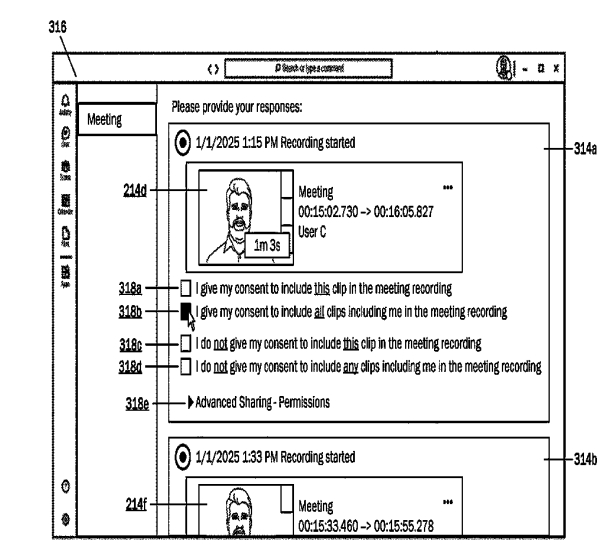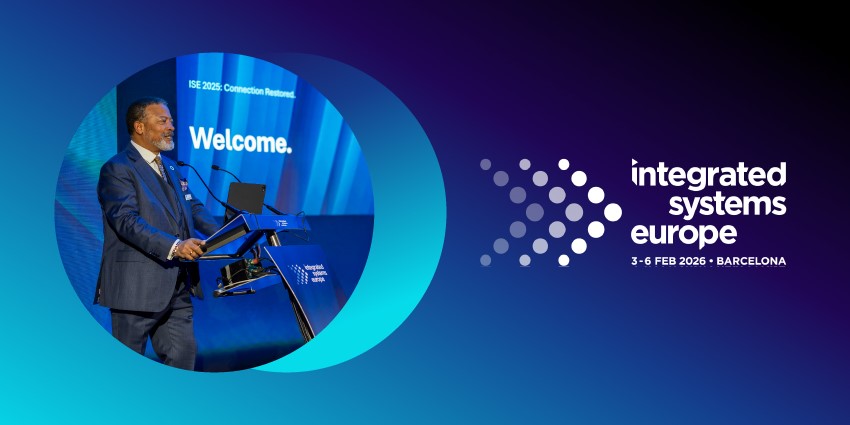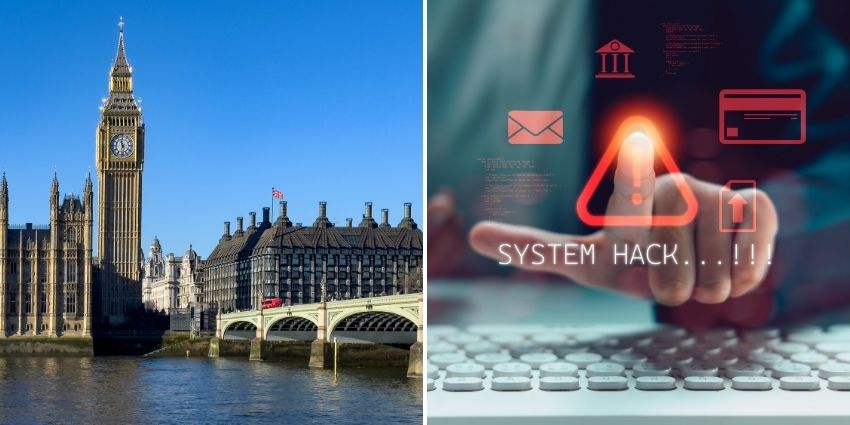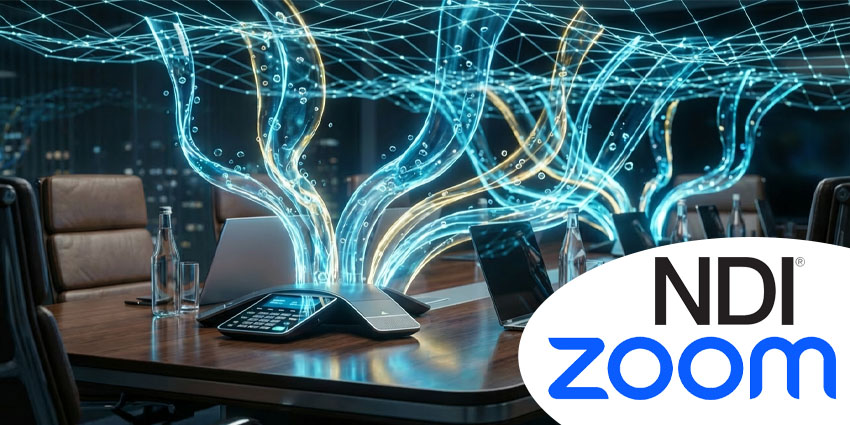We’ve all been 25 minutes into a meeting and realised we forgot to hit the record or transcribe button. It’s frustrating.
However, Microsoft may be working to fix that problem – as revealed in a patent filing called ‘Retroactive Recording of a Meeting’.
Microsoft filed the patent in June 2023, with the “date of patent” listed as 8 October 2024.
The patent details how a user could record a meeting after it’s started, including screen-shared activity.
Images attached to the patent show the familiar Teams menu bar, but with options to start a recording retroactively or up to thirty minutes after a meeting has begun (the patent actually reveals that recording could be started even after a meeting has finished).
As expected, the patent describes the underlying technology in great detail. Essentially, meeting data would be segmented and stored on a digital ledger. Microsoft refers to this as “stealth recording”.
Meeting data is encrypted and sits here until a meeting participant triggers retroactive recording. At this point, consent is required from all meeting participants (see image below).

Users can choose whether to allow recording for the entire meeting or just from when the recording was initiated.
Rejecting retroactive recording would delete the previous meeting data associated with this person.
“Advanced settings” would give users more control; they could consent to audio recording but not video recording, for example.
Of course, the patent is not definitive proof Microsoft will release the feature.
Anyone wanting to understand the technology and process in painstaking detail can view the patent here.
Been Kicked Out of A Meeting?
In a separate patent dated 10 October, Microsoft has outlined technology to improve experiences for meeting participants with dodgy internet.
The patent shows a feature that will spark into life when a user is kicked out of a meeting.

When an attendee is disconnected, Teams initiates a recording and transcription that is served to the attendee upon their return.
The patent is for an underlying meeting room management engine that is better equipped to handle disconnections than what is currently used, using data segmentation that appears similar to the retroactive recording feature.
This means users receive a recording and transcript of just what they have missed rather than of the whole meeting.
As the patent outlines: “Conventionally, meeting management systems are not configured with computing logic to handle attendee device technical disruptions or disconnections.
“For example, a meeting management system is implemented as a continuously streaming video session, optionally with on-demand or automatic recording.
“The continuously streaming video model does not adequately address meeting session disconnections (e.g., packet loss disruptions, user network disconnection, or loss of power).
“To access content missed during packet loss or network disconnection, full recordings—including superfluous content—are retrieved from the content management system. As such, a more comprehensive meeting management system—with an alternative basis for performing meeting management operations—can improve computing operations and interfaces in meeting management systems.”
The patent can be viewed here.







